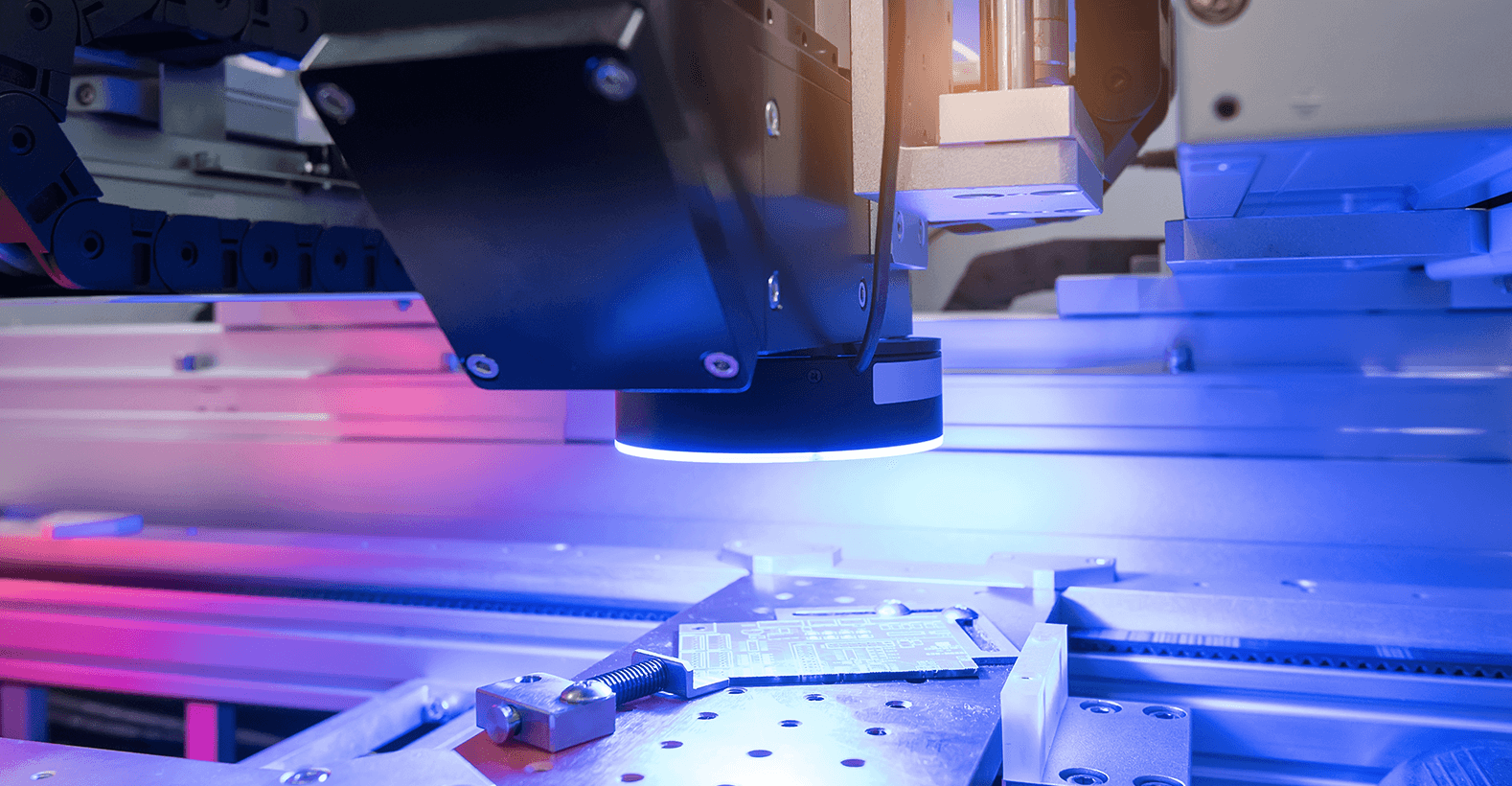Machine vision lighting includes both industrial and non-industrial applications where a combination of hardware and software provide operational guidance to devices in the execution of their functions based on the capture and processing of images.
Lighting is critical to render visibility to the object to be imaged; other necessary elements are optics to focus the image of the object; a camera to see the image; an imaging board to capture the image from the camera and convert it into data; and finally, software that can manipulate the digital image for decision support.
From experience, we know no other aspect of vision system design and implementation consistently has caused more delay, cost-overruns, and confusion than lighting. Solving issues related to the inspection environment such as ambient lighting, how the sample interacts with light to conveyor line speed.
Let us guide you to the four cornerstones of vision illumination:
- Geometry: The 3-D spatial relationship among sample, light, and camera.
- Pattern or Structure: The shape of the light projected onto the sample object.
- Wavelength: How the light is differentially reflected or absorbed by the sample and its immediate background.
- Filters: Differentially blocking and passing wavelengths and/or light directions.
Our Technical Sales Specialist, Daryl Martin provides a comprehensive analysis of the four cornerstones in this Practical Guide.
